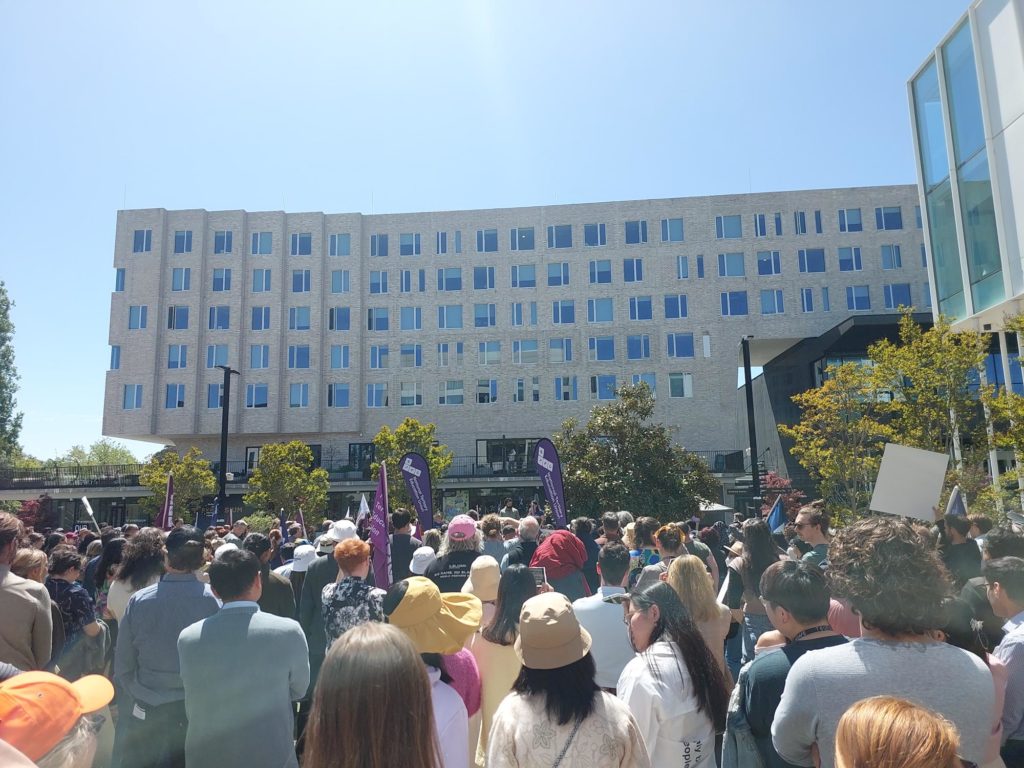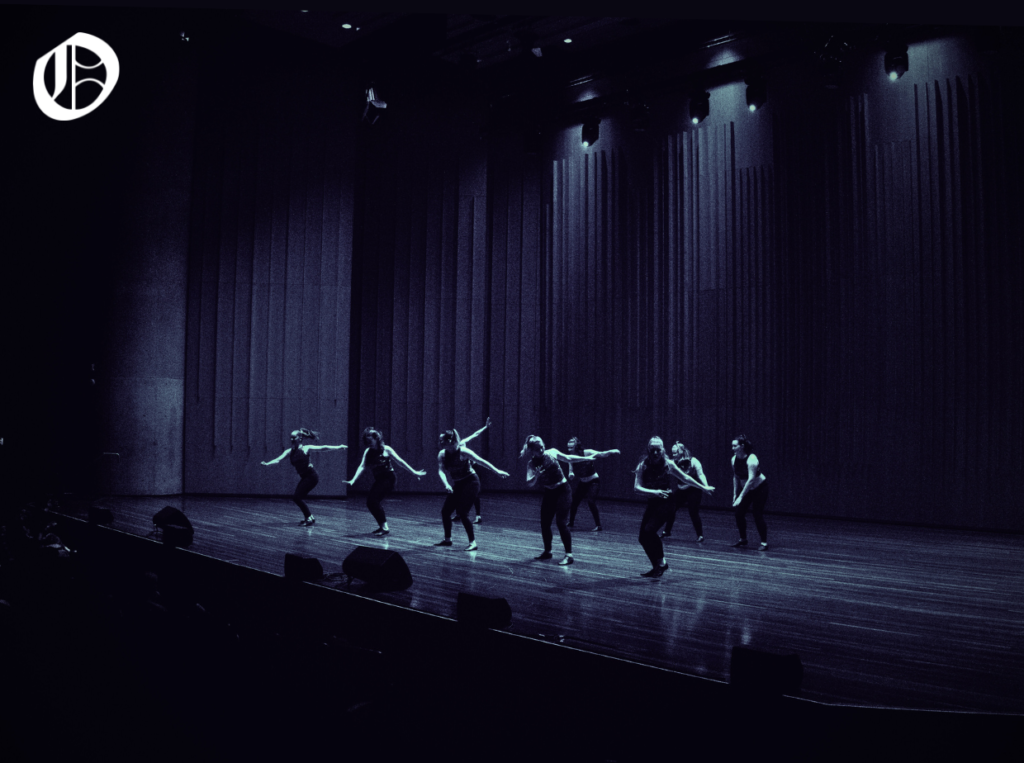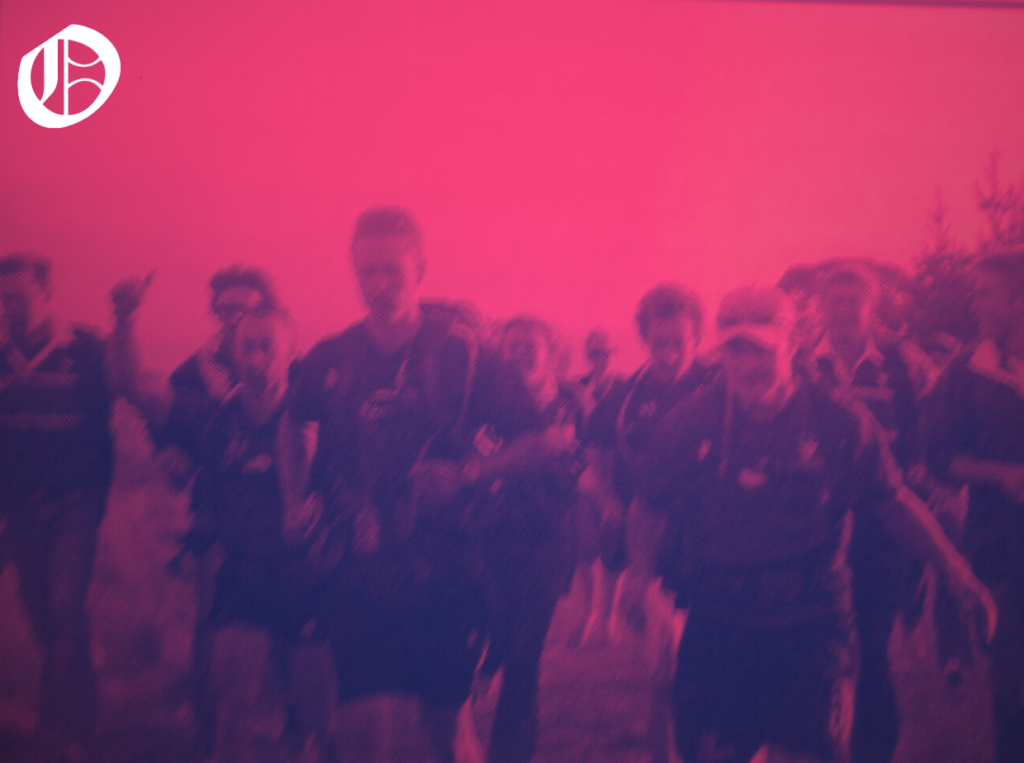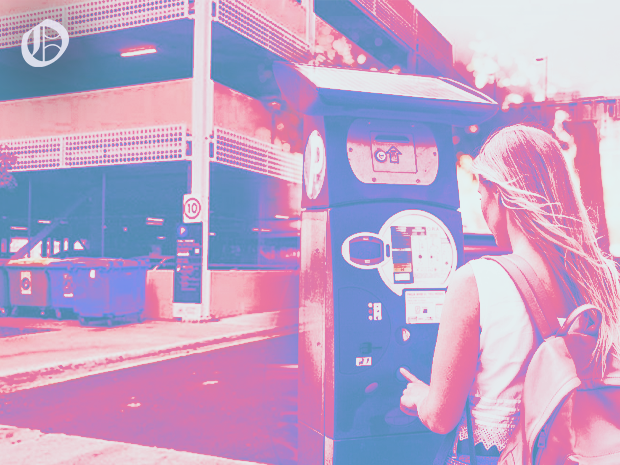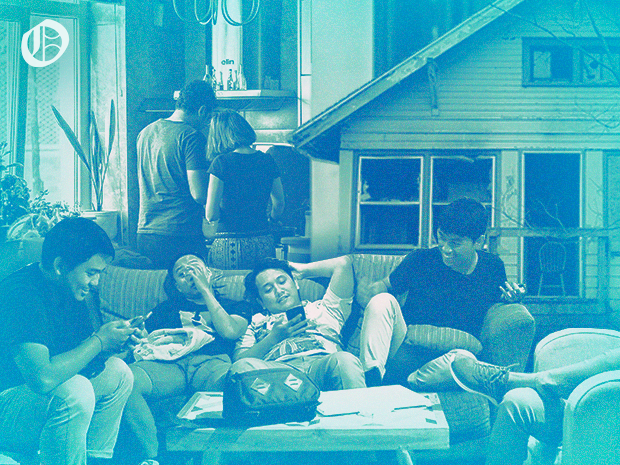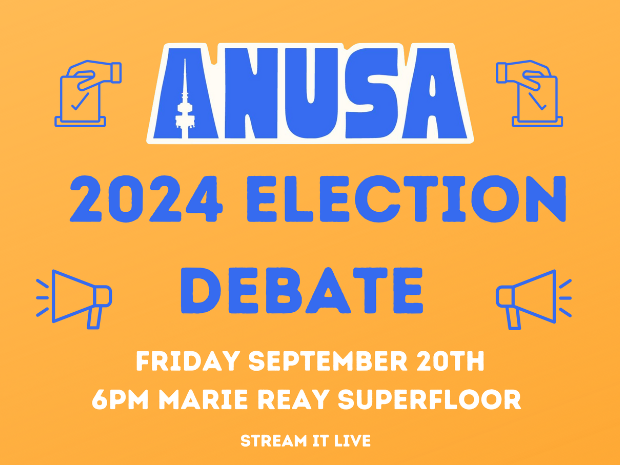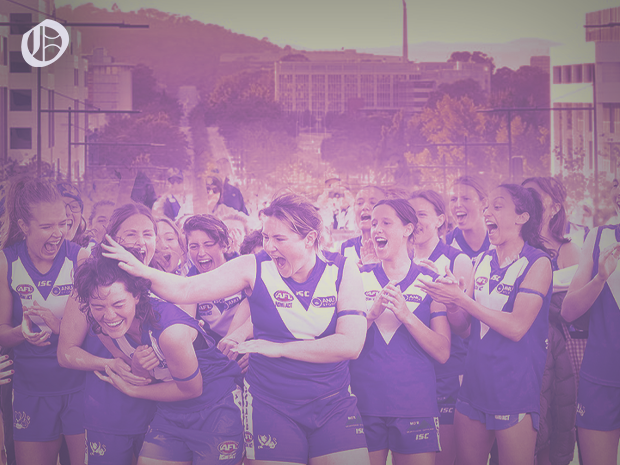Survey into First-Year Drinking: 1 in 4 Don’t Drink, 3 in 5 Drinkers Binge
A survey released last week has found that one in four first year students in the ACT never drink alcohol, but more than half of drinkers do so with the aim of getting drunk. The survey of first-year students, conducted late last year by the Foundation for Alcohol Research and Education (FARE), was released publicly last week in conjunction with the launch of FARE’s ‘Reduce Risky Drinking’ campaign.
The campaign – a collaboration between FARE, ANU, and UC – aims to dispel what it sees as misconceptions around the drinking behaviour of university students. FARE believe that these misconceptions cause first years to increase their drinking once they make the transition to university.
The survey results show that two in five drinking first-years binge drink on a regular basis, according to National Health and Medical Research Council Alcohol Guidelines, with the majority of those who drink (60%) having five or more standard drinks in a typical session. Approximately 50% of first-years drink to get drunk at least monthly. However, the report finds students tend to overestimate the amount that their peers drink, and the extent to which others drink with the intention of getting drunk.
ANUSA has partnered with FARE for the campaign in order to help the campaign reach students. FARE is a not-for-profit which aims to “stop the harm caused by alcohol”, supporting research and advocating for changes to policy to that effect. ANUSA Vice President Tess Masters told the Canberra Times that drinking is “a big social issue”, which works to reinforce what she characterised as “lad culture” by providing an excuse for sexism and violence. ANUSA President Eleanor Kay condemned the treatment of drinking as like a competitive sport in a statement to RiotACT. Kay also emphasised that students “should feel comfortable saying no”, and “deserve to be informed about risky drinking”. She suggested that the program “[gives] students the tools to unpack our cultures and attitudes around [drinking]”.
The survey, however, had only a small sample size – just 148 students, when it was planned to have at least 200. The sample was also not representative of the gender makeup of the ANU undergraduate population, with nearly 70% of respondents identifying as female, compared with 51% of ANU as a whole. Gender diverse respondents were excluded from the results altogether. Also of concern was the small proportion of international student respondents, just 15%, in contrast to 22% of ANU’s undergraduate population. Additionally, the survey was conducted across both ANU and UC, with the results collated, so the specific drinking culture of the ANU is difficult to determine from this data. It is not clear what proportion of respondents were from each university.
Initially, the survey invited 1000 first year students from the two universities to participate, but a low response rate and issues of eligibility whittled down the group to 148. Additionally, some students from UC were “directly recruited” by their Medical and Counselling Centre. The survey does not make clear on what criteria these people were recruited.
In the report’s conclusion, FARE notes the survey’s shortcomings and states that “generalisations cannot be made about results”. Nevertheless, the data has been employed as part of FARE’s campaign, with posters displaying messages such as “one in five first year students never drink to get drunk” being placed around campus. A follow-up survey will be conducted next year to measure the effect of the campaign.
Know something we don’t know? Email [email protected] or use our anonymous tip submission.
If you have an issue with this article, or a correction to make, you can contact us at [email protected], submit a formal dispute, or angery react the Facebook post.
Want to get involved? You can write articles, photograph, livestream or do web support. We’re also looking for someone to yell “extra!” outside Davey Lodge at 1AM. Apply today!

